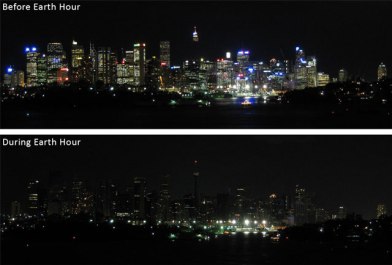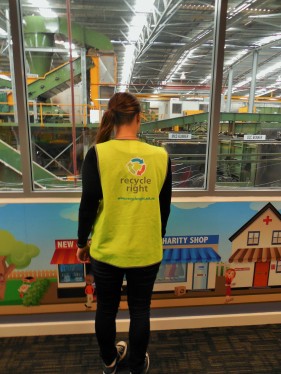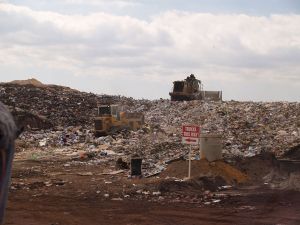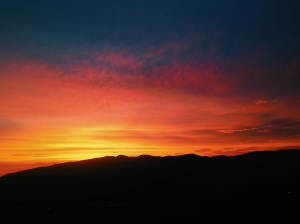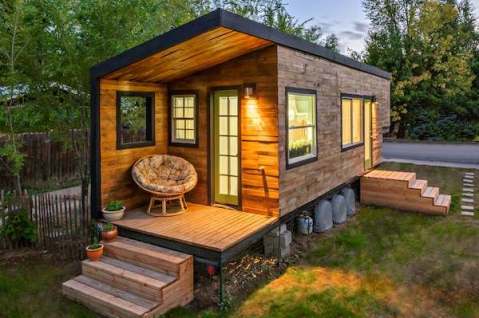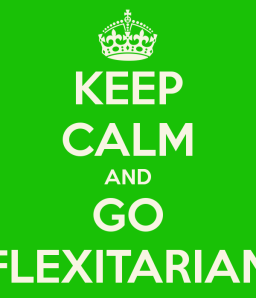
Up until a week ago, I had been strictly pescatarian after our Food unit for Global Sustainability. But, I am now fully embracing the idea of flexitarianism and am allowing myself to occasionally consume poultry.
I have accepted the fact that my sustainable journey is not going to happen in a heartbeat. It will take time and adjusting habits, recipes, shopping lists, where I get my protein, etc. I allowed myself to have chicken for the first time in almost two months while in Bali. After enjoying the vegetables and fish in Indonesia, I helped myself to Balinese chicken and spice soup…the Balinese name is slipping my mind. To be honest, it was delicious and I felt that this choice allowed me to better experience the culture around me. I’m sure it would have been more delicious had it been free-range organic chicken, but we can’t always get what we wish for when traveling.
My roommate heard me order and immediately said “oh, so you’re dropping the whole vegetarian thing now?”, to which I was slightly offended. I had explained to her the flexible but more sustainable lifestyle I was aiming for so… I once again explained the idea of flexitarianism to her. I do not regret having chicken. It would have been nice to be completely pescatarian following the Global Sustainability module, but things do not always happen so easily.
I have decided that I am okay with eating chicken every once and a while. It is certainly more sustainable than steak, lamb, and pork. I have seen my vegetarian friends attempt to eat chicken after a long period without consuming it and have watched them become very ill. I do not wish to become that way; I would like to have the option of eating my mother’s special dishes that contain chicken. When buying chicken back home, I will spend the extra money to buy free-range organic chicken and will encourage my mother and other family members to do the same
I wanted to add this blog post because my last post under Global Sustainability was entitled “Still haven’t touched meat”. Shortly after this post, I began consuming fish. My stomach was bored of lentils and 4-bean mix from Coles. I am not a perfect environmentalist, but I am striving to live a much more sustainable life. I am proud of how far I have come in reaching my sustainable lifestyle goals, but there is certainly more progress to be made. I am sure that reaching these goals will become easier with time, more experience, and new recipes.
Lessons that we learned in Global Sustainability are continuing to shape my every day actions and conversations. I am excited to go home in a month and establish all of my sustainable goals and ideas.

